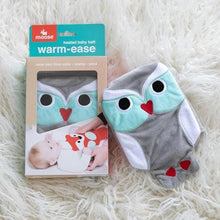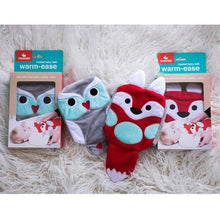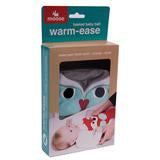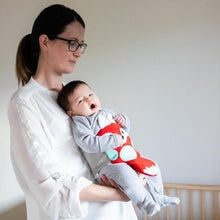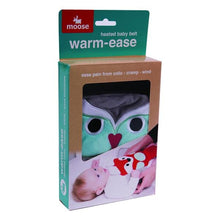
Warm ease – combining heat and pressure to ease tummy pain
When the knees come up and the face goes red, your baby needs relief from pain, and fast.
Our super soft warm-ease belts are a natural, non-invasive remedy for pain caused by colic.
Warm-ease use the scientifically proven power of heat and pressure to distract baby’s body from detecting pain and relax the muscles that cause cramps.
When baby begins to fuss, heat the inner pad and wrap warm-ease around baby’s tummy to relieve pain and bring back calm. Now your baby can enjoy some relaxed peaceful sleep – and so can you!
Features:
- Gel pad can be quickly heated in microwave or in hot water. Full safety instructions provided.
- Gel pad can be put in the fridge or freezer and used for bumps, bruises or swelling.
- Adjustable non-scratch Velcro.
- Fits newborn to 12 months.
- 100% safe for baby.
Contents:
- 1 x Warm-ease Heated Baby Belt
- 1 x Gel Pack (for heating or cooling)
- Instructions
Why does heat help with pain?
The old wives' tale has it that a hot water bottle can relieve pain deep in the body - and now scientists have discovered why. A hot compress can physically shut down the normal pain response involved in stomach aches, period pain or colic.
"The heat doesn't just provide comfort and have a placebo effect - it actually deactivates the pain at a molecular level in much the same way as pharmaceutical painkillers," said Brian King, a senior lecturer in physiology at University College London, who led the research.
Dr King found that if heat is applied to the skin near where internal pain is felt, it switches on heat receptors at the site of injury. These in turn block the body's ability to detect pain.
"Heat is recognised by a group of receptors called transient receptor potential channels," said Dr King. "One of them, TRP1, responds to heat at around 40C. It's known to be on the sensory nerves that supply the internal organs like the gut."
When someone feels pain in the gut, a separate mechanism is firing. Receptors called P2X3 have detected ATP, a chemical that pours out of cells when they are damaged. The heat response appears to shut these receptors down.
"You've got the heat receptor on one side and the ATP receptor on the other side that will recognise the pain. Both are present in our cells and yet, when you activate one, it switches off the other," said Dr King. "What appears to be something that can sense heat can help you get over visceral pain by switching off the pain mechanism."









